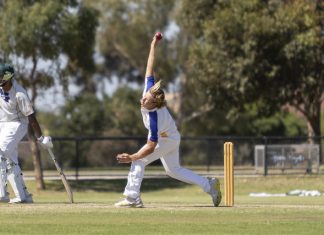By Holly McGuinness
The number of Brimbank residents experiencing mortgage or rental stress roseby 40 per cent between 2016 and 2021, new Census data reveals.
According the data, released by the Australian Bureau of Statistics last week, only 55.9 per cent of residents were not in mortgage stress, down from 90.3 per cent in the 2016 Census.
Mortgage stress is defined as a household paying more than 30 per cent of its income on their mortgage or rent.
The Census revealed that during the same period, the median household income in Brimbank has increased from $1263 to $1506.
Taylors Hill resident and single mother Melli Galea is finding the cost of living increasingly difficult.
“Most of my income goes towards day care and rent. Definitely puts a strain on my life,” she said.
Covering her $390 rent payment can be difficult each week and Ms Galea has continuously been knocked back when applying for a home loan.
WEstjustice economic justice legal director Joe Nunweek said the organisation was seeing an increasing number of people struggling with the cost of living.
“What we’re seeing more and more is that the amount of money that people have in the bank from being employed or if they received it from Centrelink, is not enough to cover what they need to do to make rent,” he said.
Mr Nunweek said a lot of tenants don’t feel that there’s much they can do once they fall behind in their rent payments.
“Sometimes people think ‘oh I’ve missed a rent payment, I better get out, I’ve been given this notice.’
“But you do have options, you do have opportunities to negotiate and resolve the matter, and you do have other services that you can be referred to that are really focused on the money aspect.”
Meanwhile, the Census also revealed that Brimbank’s average resident is a 37 year old with children, who lives in a three-bedroom home with three people under the same roof.
The 2021 Census also cemented Brimbank’s rich cultural diversity, identifying that 64.3 per cent of households in Brimbank speak a language other than English at home, compared to a national average of 24 per cent.








